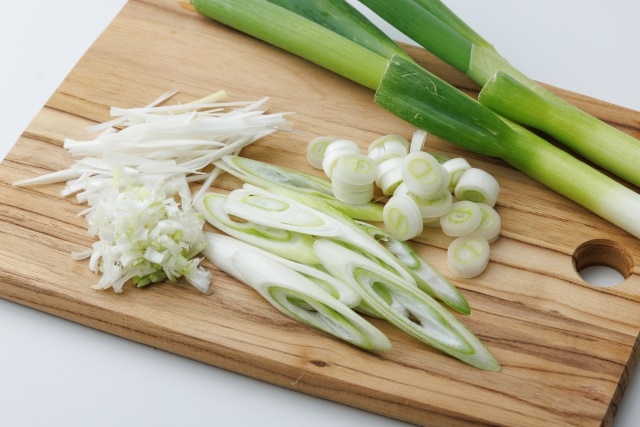Contents
Basic Information
Ramen, which originated from China, has evolved uniquely in Japan and is now a representative noodle dish in Japan. The appearance and taste of Japanese ramen are significantly different from those of Chinese ramen. Japanese ramen is categorized into four types: soy sauce-based soy sauce ramen, pork bone-based pork bone ramen, miso-based miso ramen, and salt-based salt ramen, which is based on seafood or chicken. Although there are unique ramens in each region, most belong to these four types.
Soy Sauce Ramen (Syoyu Ramen)
Soy sauce ramen is said to have originated in 1910 when it was served as Tokyo Ramen at “Rai Rai Ken” in Asakusa. Typically, when people in Japan refer to ramen, they mean this soy sauce ramen, which is a representative type of ramen.
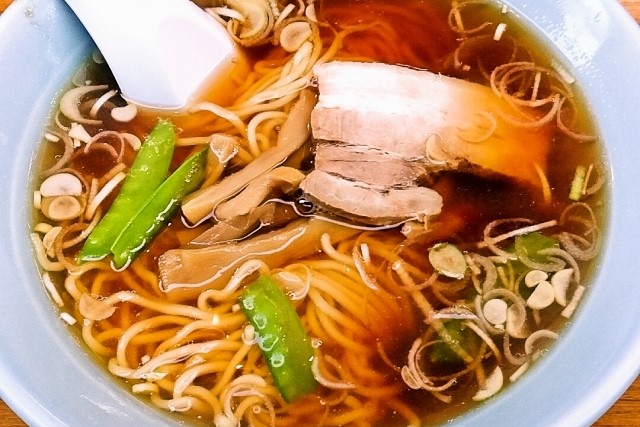
Pork Bone Ramen (Tonkotsu Ramen)
Pork bone ramen is believed to have originated in 1937 from a food stall “Nankin Senryo” in Kurume City, Fukuoka Prefecture, in the Kyushu region. Because the soup is made from pork bones, it is characterized by its cloudy, rich taste. This ramen, which used to be eaten mainly in the Kyushu region, has now spread throughout Japan and can be eaten anywhere. In particular, this pork bone ramen has received tremendous popularity from foreign visitors to Japan.
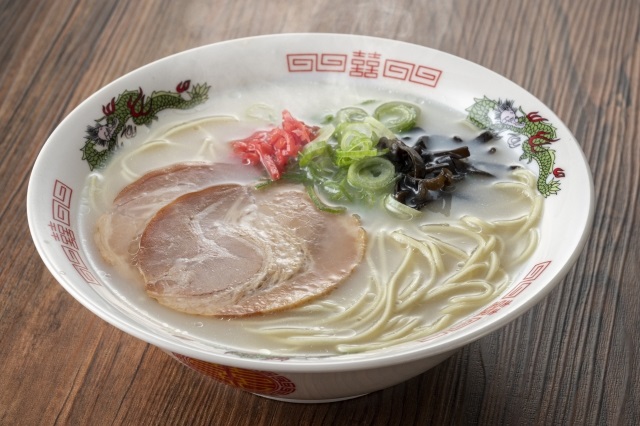
Miso Ramen (Miso Ramen)
Miso ramen is a ramen that was invented in 1955 at a popular restaurant “Aji no Sanpei” in Sapporo City, Hokkaido. Since then, miso ramen has spread centered around Sapporo City and has evolved into unique miso ramen in various parts of Japan. Miso is a basic ingredient for Japanese people, and it is combined with ramen to make this miso ramen.
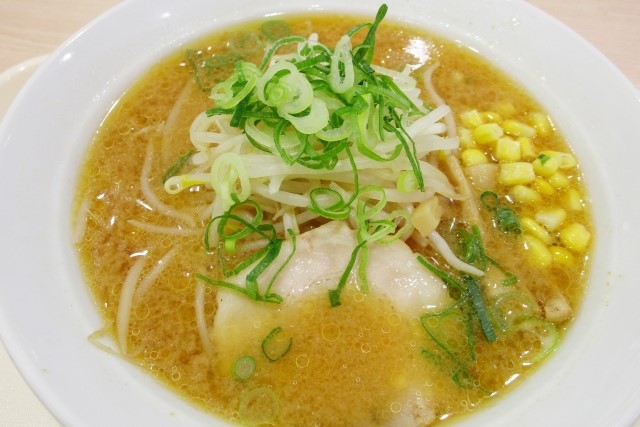
Salt Ramen (Sio Ramen)
Salt ramen is made by making a soup based on salt and boiling kelp and chicken bones. The color of the soup is close to transparent, different from other soy sauce, pork bone, and miso. Ingredients also include seafood (fish, shellfish, etc.), making it a light-tasting ramen.
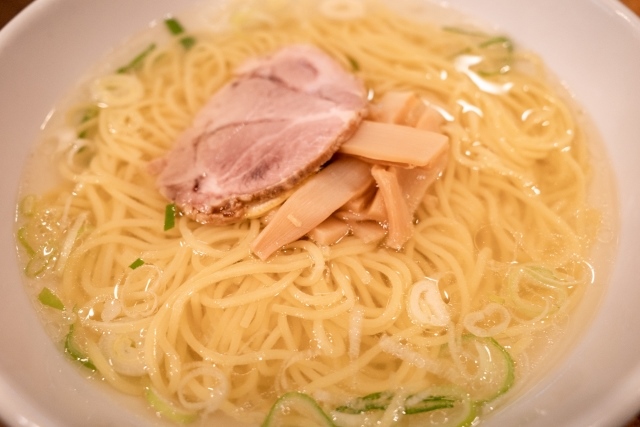
Roast Pork (Yakibuta)
There are many ingredients for ramen, but let’s introduce representative ones.Also called Char Siu, it is a representative ingredient of ramen. The manufacturing method varies, and the taste also differs, but Japanese roast pork is different from Chinese roast pork, with a restrained taste of spices.
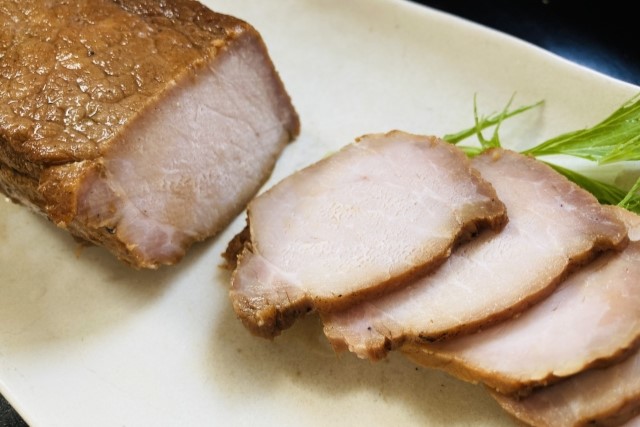
Bamboo Shoots (Menma)
Menma is a Chinese food ingredient made by fermenting a type of bamboo shoot. 99% of the menma eaten in Japan is imported from China and Taiwan.
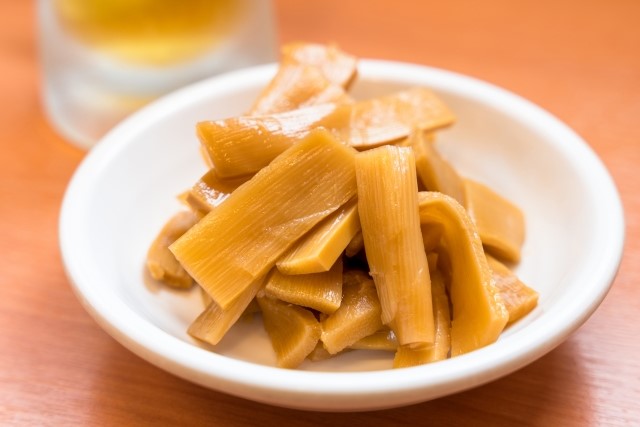
Fish Cake (Naruto)
Naruto is made by crushing fish meat, stretching it, and rolling it. Its appearance has a swirling pattern, making it a unique ingredient among ramen toppings. The name is derived from the whirlpools of the Naruto Strait in the Shikoku region.


Green Onion (Negi)
Green onions are a representative condiment for ramen. The way the green onions are chopped can change the flavor and taste, so they are also used as an ingredient.
